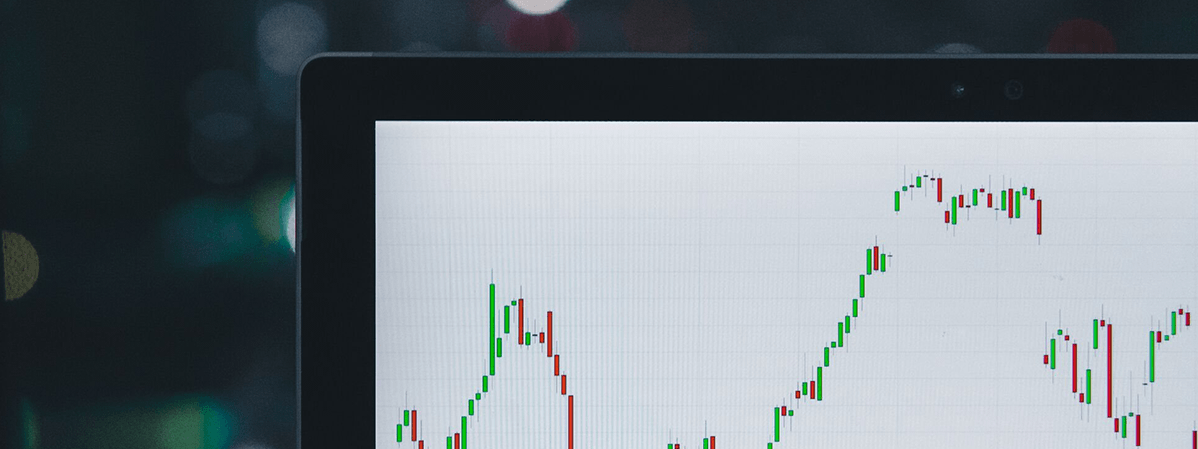Can you improve your own fuel network based on competitors’ strategies?
It’s a perfectly valid question for any fuel retailer to ask – especially if you’re a challenger or an independent who’s having to compete with globally recognized fuel brands and local dominators. You need to find ways to seize volume from these competitors, and it’s a constant struggle.
The answer to the opening question is yes, you can learn from their strategies, but in order to make the right decisions, you have to first understand…
- Your competitors – as brands but also as individual sites
- Your consumers – and what drives their loyalty to you
This shows your strengths and weaknesses, and your competitors’. With this knowledge, you can then make strategic changes to improve performance across your network.
Evaluating each competitor’s value proposition
Established fuel brands that have high value propositions can charge a premium for their fuel and other merchandise, because consumers perceive their offerings as superior.
If your brand doesn’t fall into that category, you will know how difficult it is to compete with them. They generally have more experience in various markets, not to mention more market intelligence to inform their strategy, and more capital to invest in changes.
In addition to a recognizable brand name, the following elements can raise a retailer’s (or an individual site’s) perceived value:
- Convenience stores (and the offerings within them)
- Fast food outlets
- Exemplary customer service
Knowing where your brand fits
Having a realistic perception of your brand’s position within the market (at a micro and macro level) is key to reacting appropriately to competitor activity.
When a leading retailer raises prices, consumers tend to automatically accept it.
Challenger brands and unbranded fuel sites, on the other hand, do not have the same luxury. When they start to charge more – especially without also enhancing their offerings – customers question it.
Distinguishing between competitors and non-competitors
Examining value propositions also highlights which retailers aren’t your competitors.
Geographic proximity might initially lead you to believe that a nearby site is competing with yours, but that might not be the case in practice. If your offerings and consumer perceptions are vastly different, there will probably be little crossover between your customer bases.
Distinguishing between competitors and non-competitors will sharpen your focus and save you from making unwise strategic decisions based on instinct.
Measuring competitor performance
Looking at competitor volumes and revenues only gives you a superficial view of their performance. To measure it properly, you should analyze each site’s performance in relation to its potential (just as you should be doing with your own network).
Capitalizing on acquisition opportunities
Measuring competitors’ sites against their potential can also highlight acquisition targets for you.
If your competitors are unaware of their own potential on a site-by-site level, they will struggle to identify which of their sites are underperforming (and, for that matter, which ones are performing well). When you – as their competitor – have market intelligence and predictive software at your disposal, you can compare their sites’ volumes against the real potential.
Of course, you also need to assess whether the acquisition of a site will cause cannibalization elsewhere in your network.
Making changes to match competitors
The ideal time to ‘match’ your competitors is when you are designing and building a site, ensuring that your facilities and general infrastructure is in line with theirs. This is more cost-effective than making changes (such as adding more pumps or expanding the parking lot) later on, and it ensures that your site is competitive from opening.
Optimizing your convenience offering
Making some simple yet effective changes to your convenience offering can magnify your value proposition to the consumer.
Some examples:
- Installing a high-quality coffee machine
- Adding a walk-in beer-cooler
- Focusing on bestselling brands and discontinuing the less popular alternatives
- Stocking seasonal products (such as bags of charcoal in summer)
Such adjustments do not require heavy capital investment, yet they can drive your overall revenue up if executed well. You have to identify opportunities at each individual site and apply them – being careful not to cannibalize from your other nearby sites.
Putting competitor activity into context
Before you react to any competitor action, consider three factors:
- The competitor’s overall market position and value proposition
- How that change will affect their customers
- How it will affect consumer perception of your brand (or site) as a result
For example, if a nearby competitor’s site changes hands from a global oil brand to a challenger brand, this may work in your favor by sending more volume your way.
On the other hand, the new occupant could be a new-generation retailer that has developed an excellent reputation for its fueling facilities, convenience store experience, and competitive pricing. If that is the case, a portion of your existing customers may switch allegiances – pushing your volume potential down.
Understanding the intricate relationships between site elements
No two fuel sites are the same, even if they belong to the same retailer and they have identical facilities, products, and prices. Their geographic locations and competitive landscapes mean they differ in potential.
The Kalibrate Planning tool’s analytical model is based on the 7 Elements for Fuel and Convenience Retail Success:
- Location
- Market
- Brand
- Facilities
- Merchandising
- Price
- Operations
To make the right network changes at the right times, you need a planning platform that takes these essential site characteristics into account and understands how they relate to one another.
Find out more about Kalibrate Planning



